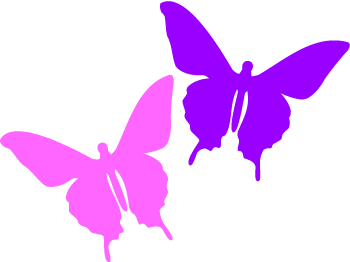top of page
Butterfly populations are a very good indicator of the health of an area's ecosystem !!
Symphaedra nais is widely found in India and Sri Lanka.
In India its distribution ranges from the lower Himalayas to southern India.
They are purely a savannah grassland species that is quite common in those habitats during the rainy season but diminishes in numbers in other times of the year due to excessive man made forest fires.
They eagerly feed on juices of fruits.
Groups attracted to fallen berries can be seen under Drypetes sepiaria trees.
They are also attracted to human sweat.
Males engage in mud puddling.
These butterflies tolerate disturbances to a great extent when they are feeding.
Their dorsal side is bright orange.
The white color of its cilia is distinct due to the contrasting black border on the outer margins of both wings.
The spots on the submarginal row of the hindwings convert into an irregular line on the forewing.
The other black markings on the forewing vary. Their ventral side is more variable than the dorsal surface.
The purplish tinge on its hindwing also varies.
The white oblique band is entirely absent on its hindwing and is reduced in the forewing of some individuals.
Each cell has two red patches outlined in black which are circular on the hindwing.
The tips of their antenna and proboscis are yellowish in color.
* As members of the Brush Footed (Nymphalidae) family, they use their shorter pair of front legs for food tasting, and their two pairs of longer rear legs for propulsion.

Diet: caterpillars only food plant is Diospyros melanoxylon.
Diet: adults feed on juices from fruit and males mud puddle to get salts and other nutrients.
Family: Nymphalidae

The single biggest threat to butterfly survival is habitat destruction!!

bottom of page



